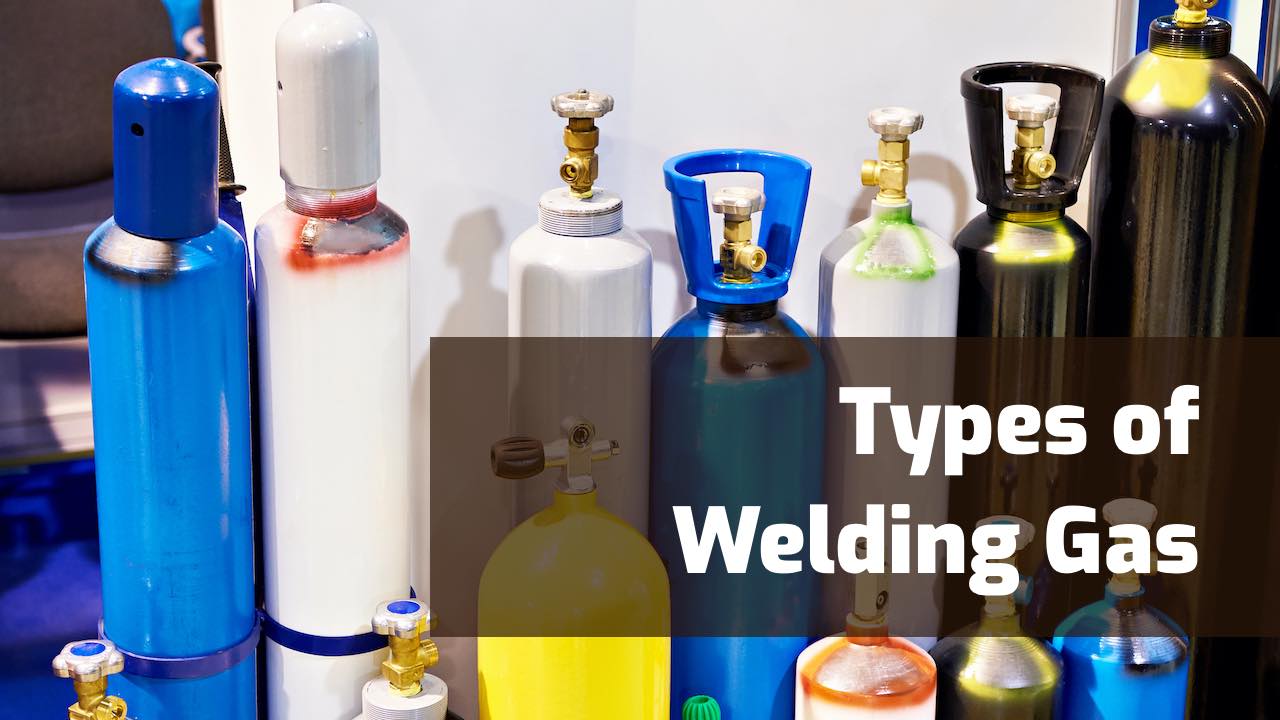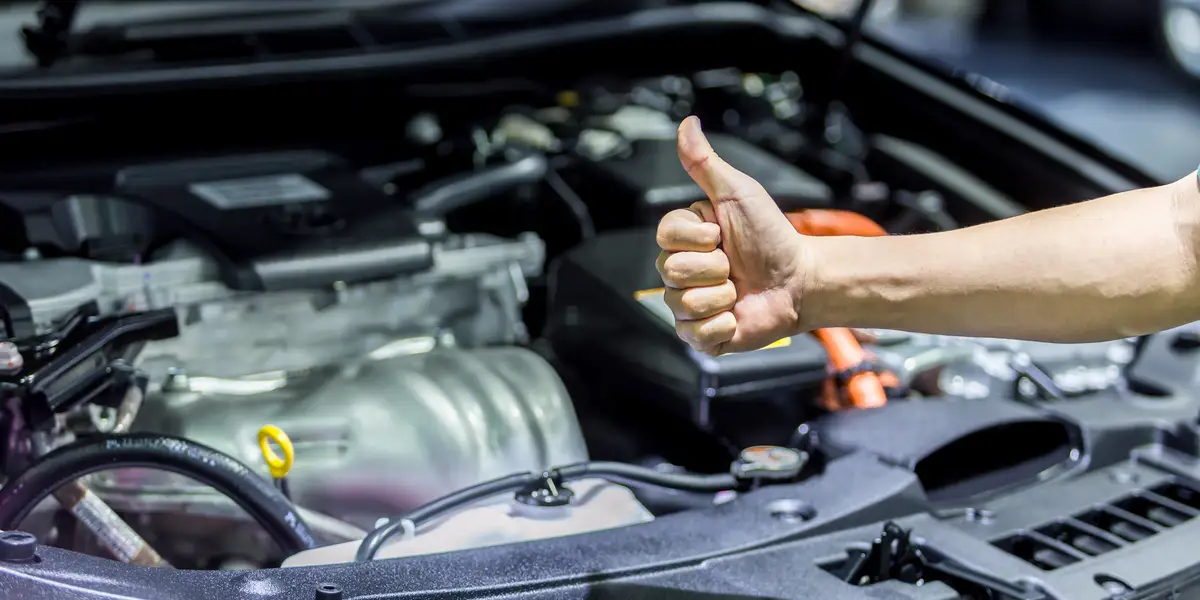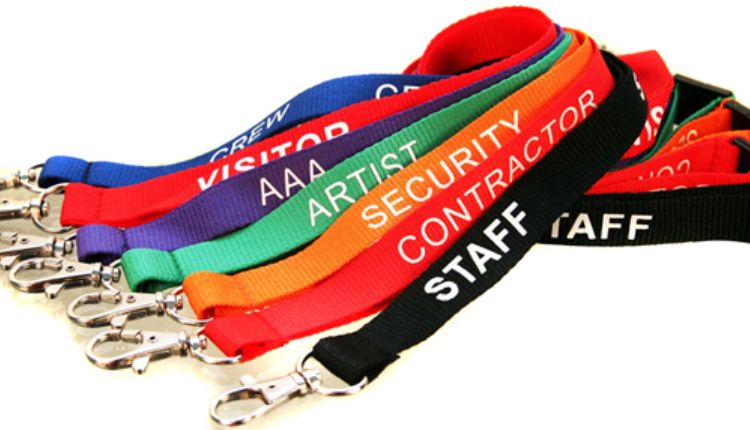
Welding, that’s what it is!
Welding is a technique for joining different materials together. Welding gases, such as shielding gases or gases created by the extraction of UV radiation or by the breakdown of fluxes, are employed during cutting and welding operations.
Examples:
Carbon dioxide (generated by the decomposition of fluxes), carbon monoxide (made by the breakdown of carbon dioxide during arc welding), nitrogen oxides (created by the heating of ambient nitrogen and oxygen), and other gases are formed during the cutting and welding operations.
Even the heat breakdown of coatings, such as vinyl paints, which create hydrogen chloride, and epoxy coatings, which release carbon monoxide and dioxide, results in the production of gases.
What is the purpose of using gas in the welding process?
Welding gases are employed in a variety of applications. The shielding of the arc from contaminants such as dust, air and other gases is one of these uses. It is also used to keep welds clean on the bottom and heat metals.
There are many types of gases used in welding:
Without using shielding gas, it results in a weak and unsightly weld when air is introduced into the Arcand, causing air bubbles to form inside the molten metal. Welding is impossible without shielding gas or a filler substance known as flux-cored. This flux-cored material also keeps contaminants at bay but in a different manner. They are generally inert, indicating that they remain stable even when subjected to intense temperatures.
Heating gas: Certain welding procedures need the heating of metals to get the desired welding results. Consequently, the arc is not necessary for this situation. This gas is a fuel that contains air or oxygen that is ignited by a flame to warm the metal.
Inert gases are stable gases that do not react when they come into touch with any temperature or material. On the other hand, reactive gases react when they come into contact with any temperature or substance. Reactive gas is the inverse of inert gas; it responds to the environment it is exposed to. Using inert gases is more advantageous when it comes to welding applications.
Purging gas is a natural process of welding that aids in covering the bottom of the material as it is being joined together.
Blanketing gas is used to restrict blanket areas with gases to avoid any harm or interactions with other gases that may occur.
Welding shops use a variety of gases, including:
Argon: This gas is utilised as a shielding gas to keep air from entering the welding arc while the welding process is taking place. It is utilised in both the primary and secondary welding processes and purges the joint’s backside after being welded. According to the manufacturer, it is also utilised in MIG welding operations on occasion.
Carbon dioxide: It is also utilised as a shielding gas, although it is less costly than argon. The quality of the product is poor, and there is a possibility of spatter during the welding process, despite the lower cost of production. As a result, this gas is more typically employed in mixes than in its pure form, which makes sense given its properties.
Oxygen: In modest volumes, oxygen is incorporated with the shielding gas to improve the fluidity and speed of the welding process. It generates the high-temperature flame required for welding.
Nitrogen: It is utilised as a shielding gas in plasma cutting and laser welding operations, among other things. It also improves the mechanical qualities of the alloy, which helps to keep the arc stable. Everyday use for this gas is as a blanketing gas.
It is possible to get perplexed while locating a reputable source for these gases. Purchasing high-quality and appropriate gases is critical since using the incorrect gas might result in an explosion or other terrible catastrophe.
Check more article






